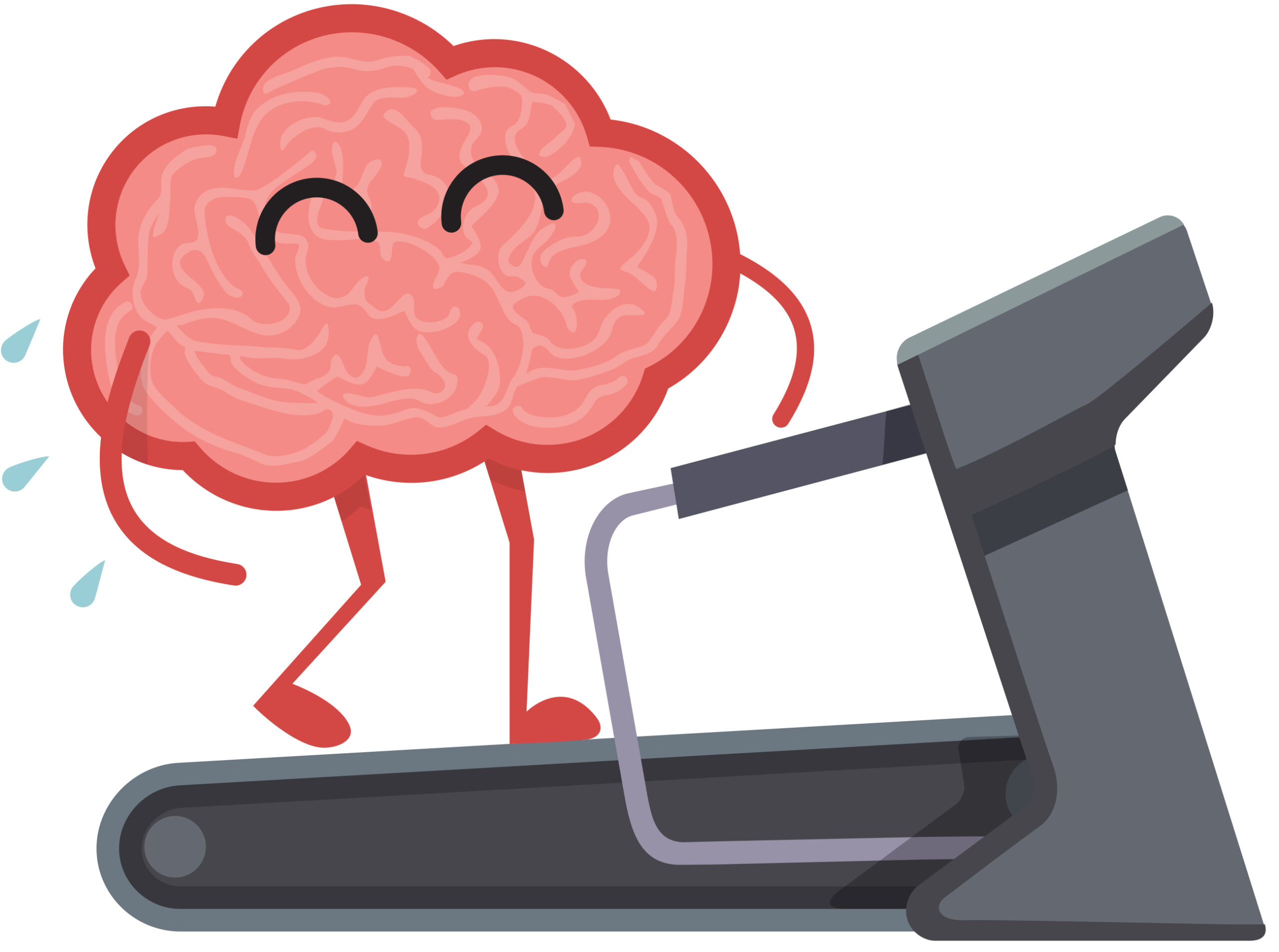Beginner’s Guide to Brain Training

ABBY GIORDANO – Stressed? Trouble focusing? Headaches? Forgetful? Neurofeedback therapy, also called Brain training therapy or biofeedback therapy, is a noninvasive, self-regulated, drugless approach to many mental health conditions and chronic neurological pain. Created in the 1960s by Dr. Kamiya at the University of Chicago and Dr. Sterman at UCLA, neurofeedback grew in popularity through the 70s and 80s but declined due to the innovation and accessibility of antidepressant and ADHD medication. However, in the last five years, there has been a resurgence of biofeedback therapy due to increased clinical research and evidence of dosage tolerance leading to ineffective antidepressant medicine. More target conditions include PTSD, OCD, ADHD, ADD, depression, anxiety, addiction, menstrual regulation, insomnia, and concussions. To begin the process, the therapy technician will perform a qEEG (quantitative electroencephalogram) to map the brainwaves of the patient. The comparison of the patient’s waves to “normal” wave ranges will guide the technician in determining the number of sessions needed and what part of the brain to target. These are also compared to self-evaluations of problems and symptoms to see where stress, frustration, memory, self-esteem, etc., are lacking or elevated. After seeing the various brain patterns, neurofeedback works to retrain the rhythms of the patient’s brain. The “feedback” part of the therapy consists of watching television or listening to music, while the “training” part of the therapy involves the reward system of the feedback, for example— the patient concentrating or relaxing more creates a better picture on the screen or volume in the headphones.
There are four types of brain waves: alpha, beta, theta, and delta, all of which can be treated during neurofeedback therapy (Ency. of Human Brain). Abnormal alpha waves are associated with memory issues, brain fog, and high stress; thus alpha activity indicates the person is in a relaxed state. Beta waves are associated with ADD, concentration, and problem solving, activating when a person is actively thinking through a situation. Reduced theta waves relate to high anxiety and pain, and are seen when someone is in a state of deep relaxation or mental creativity, but not necessarily thinking through a problem. Lastly, delta waves connect to depression, sleep walking, low immune strength, and severe ADHD. Delta waves have also been linked to physical cell rejuvenation, and thus are monitored during traumatic brain injuries (Intro to EEG Ch. 3).
Researcher James Evans speculates that due to the increase in popularity of neuro and biofeedback therapy, we will see pushback from people who profit off the current quicker medication solution for mental health, including pharmaceutical and insurance companies (Ency. of Human Brain). The process of neuro and biofeedback therapy is much lengthier than the average antidepressant takes to mitigate symptoms, however, neurofeedback patients have reported reducing medication dosages or stopping the medication completely after completing the therapy program. Additionally, neurofeedback can be recommended for adolescents who are not yet at the recommended age for antidepressants or beta-blockers due to developmental research. The VA is increasingly referring veterans with PTSD and depression symptoms after returning from service to providers of neurofeedback care. Lastly, neurofeedback therapy also claims to benefit high-level athletes by treating performance anxiety, fear of failure, or aggression to improve and round-out their talent in the game. As discussed, neurofeedback therapy has been utilized for a wide range of conditions in order to improve holistic health. Training your brain to regulate its various waves attempts to repair the connection between mind and body, between mentality and physiology.
Copy Editor – Jessica Schumaker
Photography source – https://www.demcosoftware.com/articles/the-evidence-for-brain-training-seeing-the-whole-picture/
